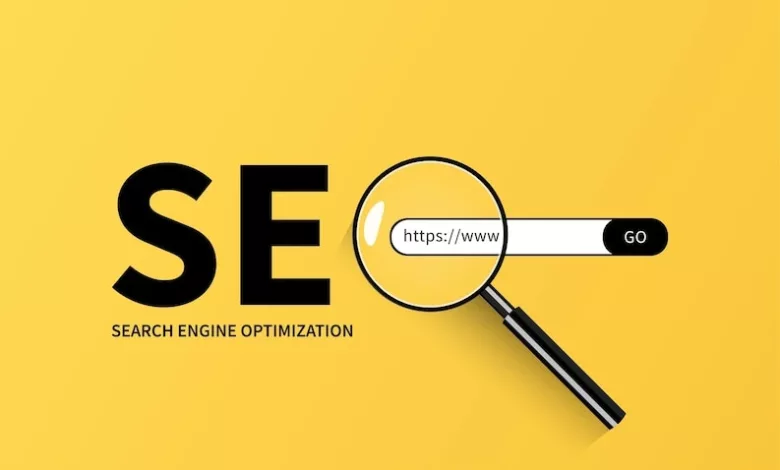Unlocking Website Optimization: The Power of PKI

With more and more businesses turning to digital marketing, optimizing websites for maximum engagement is becoming increasingly important.
Public Key Infrastructure is invaluable in optimizing external connections with customers and partners while delivering secure encryption that strengthens customer loyalty.
Keyfactor.com discusses Public Key Infrastructure technology as an effective way to enhance website optimization.
From understanding the basics of how it works to leveraging tools like certificates and authentication keys –– let’s unlock the potential of Public Key Infrastructure for websites.
Exploring the Basics of Public Key Infrastructure
Public Key Infrastructure is a fundamental system part of how the Internet works. It’s used daily to secure communications, protect sensitive data, and verify the identity of users.
You might not realize it, but when you connect to a website using HTTPS, your browser uses it to ensure that the website is who it says it is and that your connection is private and secure.
The basics of Public Key Infrastructure can be complex, but with a little explanation, it becomes clear how vital it is to our digital lives.
How Public Key Infrastructure Builds a Secure Environment for Communications
Our lives are becoming increasingly digital, and with that shift comes the need to ensure that our online communications are secure. Public Key Infrastructure offers a solution by creating a secure environment for digital communication.
It uses a set of digital certificates to verify the identity of users, ensuring that only authorized individuals can access sensitive information.
These certificates are issued by trusted third-party organizations known as Certificate Authorities, who vouch for the authenticity of the user’s identity.
Organizations can use Public Key Infrastructure to protect sensitive data from unauthorized access, ensuring their online communications remain secure and reliable.
Benefits of Implementing Public Key Infrastructure on Your Website
If you’re running a website, the site’s and its users’ security should be at the top of your priority list. Implementing Public Key Infrastructure is an effective way to increase security.
The framework uses digital certificates and public and private key pairs to authenticate users and encrypt data.
It provides a more secure environment for your website and ensures the safety of your users’ sensitive information, such as credit card details and personal data.
Understanding SSL Certificates and Digital Signatures
As we continue to navigate the digital world, it becomes increasingly important to understand how to protect our information and ensure secure communication. SSL certificates and digital signatures play a critical role in this process.
SSL, or Secure Sockets Layer, is a protocol to establish a secure connection between a client and a server. SSL certificates act as a digital “passport” that verifies the identity of a website and encrypts any data transferred between the website and the user.
Additionally, digital signatures authenticate a sea sender’s identity and ensure the message’s integrity. By familiarizing ourselves with these tools, we can better protect our online activity and feel more confident in the security of our data.
Tips for Setting Up a Secure PKI System on Your Site
Ensuring online security is a top priority for any website, and implementing a secure Public Key Infrastructure system is an important step in achieving this goal.
To set up a reliable PKI system, there are a few tips that you should keep in mind. First, secure private keys using strong encryption methods such as 256-bit AES. Secondly, create a backup mechanism to store your keys in case of a breach or system failure.
Thirdly, regularly audit your Public Key Infrastructure system to ensure its effectiveness and identify any improvement areas.
Following these tips will help you establish a critical layer of protection on your site and safeguard your users’ sensitive information from cyber threats.
Read Also: Social Media SEO Optimizing Techniques 2023
Examining Misconceptions about Website Security and Optimization
As the internet has become an integral part of our daily lives, website security and optimization have become increasingly important. However, some misconceptions put websites at risk.
For instance, some believe website security is only necessary for e-commerce sites to handle sensitive information.
In reality, all websites need protection from malicious attacks. Another misconception is that optimizing a website is as simple as using the right keywords and meta tags.
While these are important, true optimization involves a comprehensive strategy, including site speed, mobile responsiveness, and user experience.
Understanding the realities of security and optimization is crucial for website owners to protect their sites and maximize their potential.
Read Also: 8 Ways Focusing on User Experience Amplifies Your SEO Efforts
Final Thoughts
Taking the time to understand and implement Public Key Infrastructure on a website can go a long way in helping achieve optimal protection.
By becoming aware of misconceptions around security protocols and directions for setting up a secure Public
Key Infrastructure systems, website owners, and administrators should know what is necessary to define their security architecture.
The investments put in today could pay dividends in long-term website health, especially when users are more confident than ever that their private information is securely protected.





